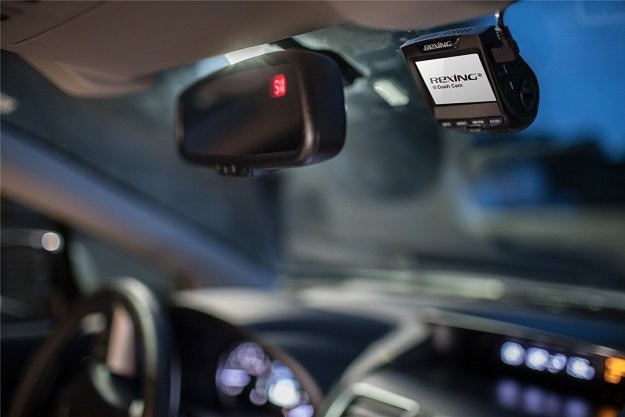Recently Fiat-Chrysler reported 40,000 vehicles backed up in storage lots, which was causing tension with its dealers. Back in 1980 and again in 2009, during its two worst financial crises, Chrysler used a tactic called “sales banks” to inflate their sales numbers. Instead of constantly slowing and speeding production to meet variations in demand, Their factories work at full capacity year-round. Any unsold cars are “banked” in storage lots until demand picks up, and dealers are generally pushed into taking as many of these cars as possible.
Investors and financial analysts frown upon the practice of sales banks because it can look like the company has falsified inventory figures. Dealers across the country do not like the practice because it can pressure them to take on greater numbers of vehicles than they want. Some dealers do see an upside to this practice, since if they need a certain model or trim package in a hurry odds are it will just be sitting there waiting for them, even if the manufacturer may try and use that vehicle as bait to unload more banked inventory.
This could could prove to be a repeat of the recent trouble Fiat-Chrysler had with the United States Securities and Exchange Commission (SEC) this past September. In response to complaints by several dealers that the manufacturer was falsifying sales figures, the SEC conducted an investigation of the banking practice using quarterly sales figures from 2012-2016. In the end Fiat-Chrysler agreed to pay a $40 million fine, revised five years of sales figures, and reviewed and refined its related policies and procedures.
These events pre-dated the recent merger with Peugeot parent company PSA announced this past October. However the ramp up of inventory coincided with the period where Fiat-Chrysler was looking for a merger deal with Renault, which eventually fell through, opening up the negotiations with PSA that led to the recent merger. It does not take a math professor to calculate that the SEC findings may have killed the Renault deal, while the quick resolution of the SEC investigation helped clear the way for the merger with Peugeot’s parent.




